The 100% natural PANEL ZERO is the first in the world to uncompromisingly combine exceptional sound absorption, safety and durability with sustainability and a stunning natural aesthetic. The surface options of PANEL ZERO have been carefully developed, designed and selected over an extended period to ensure no compromises are made on acoustics, people or sustainability.
The 40 mm base panel is made exclusively from jute fibers and 100% natural latex. We then apply natural surface materials to enhance the panels’ aesthetic appeal. The collection includes Coarse Wool, Fine Wool with function-enhancing special finishes, Coconut and Jute.
Jute is a remarkable natural fiber known for its versatility and sustainability. It is widely used in hessian, sacking, ropes, twines, carpet backing, textiles and insulation. Now, HUBBUB is pioneering its application in acoustic panels, where jute fibers make up 83,5% of the panel’s composition. Every part of the jute plant serves a purpose, making it a valuable crop and a significant source of income for farmers in India and Bangladesh.
Jute is one of the most suitable crops for rotational farming. A jute-paddy-potato cycle, for example, allows for sustainable land use while maintaining soil health and productivity. Between 25 and 29 million people are directly or indirectly dependent on jute fiber production.
India and Bangladesh dominate global jute production. In 2022-2023, India produced 2,4 million tons of jute fiber, while Bangladesh contributed 1,5 million tons. The rest of the world collectively produced only 0,1 million tons in comparison.
Beyond its economic importance, jute is also an excellent carbon capture and storage plant. By replacing high-emission materials such as plastic, glass and stone wool, jute can contribute to mitigating climate change. Its fibers are not only incredibly strong but can also be recycled multiple times, reinforcing its role as a sustainable alternative in various industries.
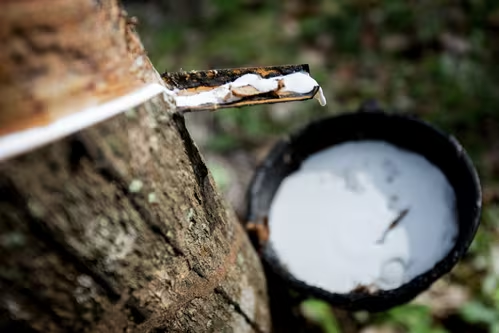
Natural latex is derived from the rubber tree Hevea brasiliensis, where it is harvested through a controlled process known as tapping. This involves making precise incisions in the tree’s bark, allowing the latex to flow out and be collected. Latex consists of 30–40% natural rubber, with the remainder being water and other natural compounds. Natural rubber is a high-molecular-weight polymer with viscoelastic properties. When cured at 100°C, raw rubber transforms into an elastic material with high tensile strength.
India produces approximately 850 tons of natural rubber annually, supporting over a million households that rely directly on rubber plantations for their livelihoods. Community-based natural rubber cultivation has significantly improved living standards and fostered social integration for these communities.
The natural affinity between latex and natural fibers has enabled us to develop reinforced structures with increased strength in the panel while maintaining porosity and biodegradability.
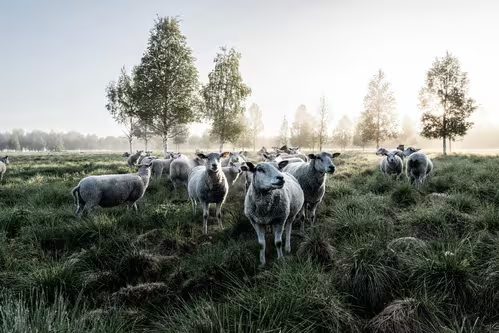
Wool is a renewable resource, harvested annually through shearing without harming the sheep. It is biodegradable, minimizing environmen-tal impact at the end of its lifecycle. India holds the third position in sheep population with 45 unique sheep breeds spread across several locations with 74,26 million sheep’s with annual wool production of roughly 50 million kg in 2022-23. Wool garment and carpet industry employs 25 million people across India. 10% or 5 million kg of the wool production accounts for coarse wool which is underutilized and mostly ends up in land fill or burned.
Wool typically has a higher ignition temperature compared to synthetic materials, making it inherently fire-resistant with an auto ignition temperature of 600° C, which is about twice as high as wood’s ignition temperature of 270° C. Wool fibers have inherent moisture-wicking properties, absorbing and releasing moisture vapor from the air without compromising acoustic performance. This helps maintain optimal indoor humidity levels and prevents mold and mildew growth.
We utilize coarse wool which is discarded as a waste stream of wool processing plants as a surface for our coarse wool collection, thus creating more employment through production of our sustainable and biodegradable PANEL ZERO.
• BLEACHED WOOL

• DARK WOOL
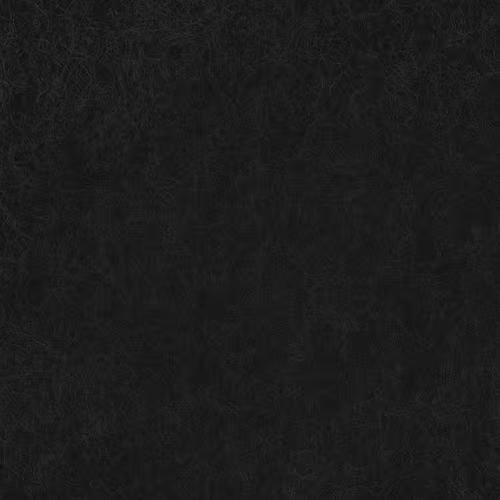
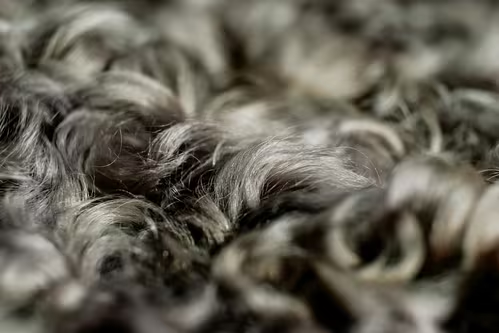
We started up our partnership with BWF Feltec in 2025. From the first day we were very impressed by the quality and flexibility of their products and the way they operate their business.
In 2021, the BWF Group, a family run mid-sized group of companies in its fifth generation, celebrated its 125th anniversary. They began producing wool felt in 1902 at their headquarters in Offingen (Bavaria). Our partner BWF Group look constantly to strike the ideal balance between tradition and modernity.
All their wool felts are produced with fine wool and are tested for harmful substances according to Oeko-Tex Standard 100.
In our fine wool collection we always have standard colors available from stock.
Due to a wide range of colors and a variety of finishing options, the fine wool surface is a highly versatile material. We are happy to make customer-specific color settings,simply ask!
A minimum order applies to different colors than our standard colors and finishing options.Ask us!
We are happy to equip our surfaces with any number offunction-enhancing special finishesas required. Learn more about our finishing options, and take advantage of our capabilities:
• RAW WHITE

• LIGHT GRAY MELANGE
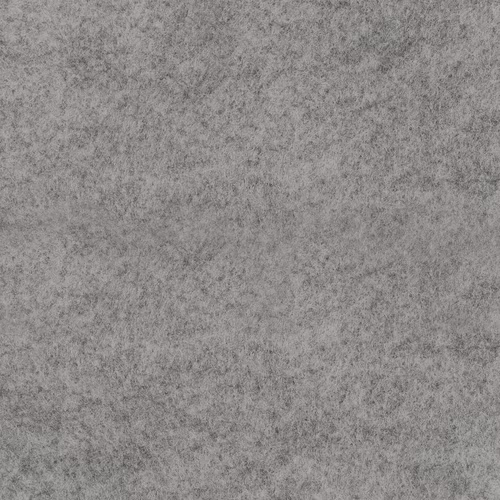
• SAGE GREEN MELANGE
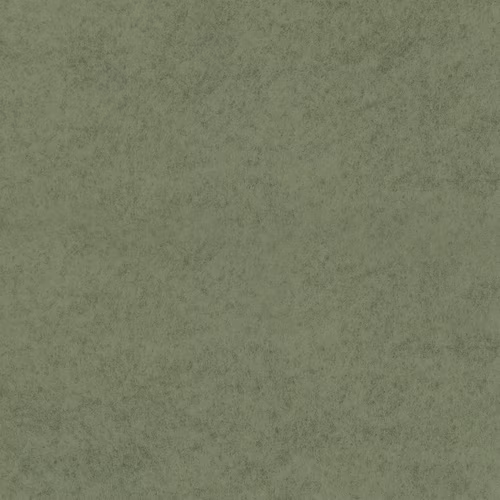
• OLIVE GREEN

• LIGHT BLUE MELANGE

• NIGHT BLUE

• BLOSSOM MELANGE
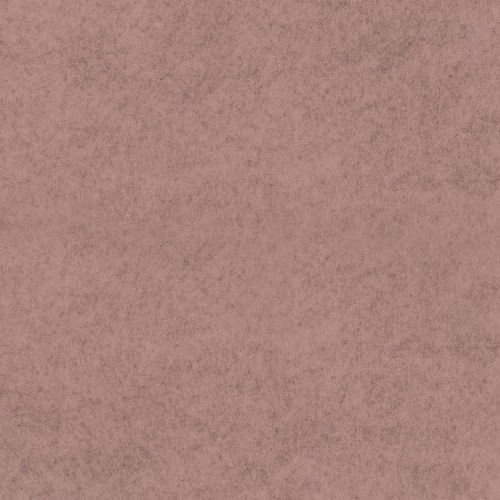
• ANTHRACITE MELANGE
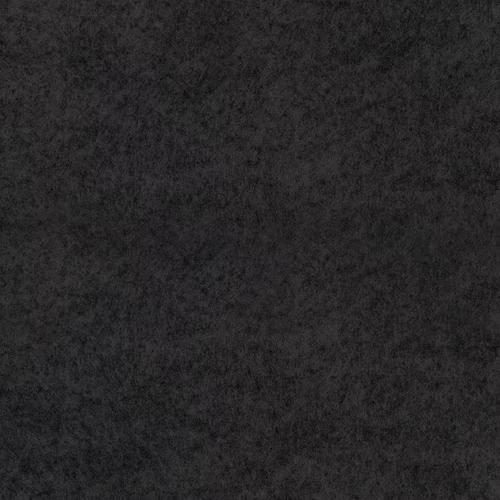
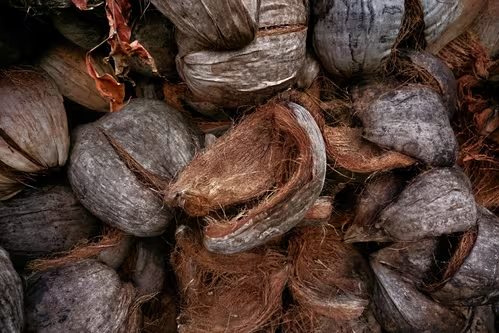
Coconut plays a significant role in the economy of tropical and subtropical countries. In India, apart from being a rich source of raw mate rial for a variety of products, it is a symbol of prosperity linked with religion and social activities. India produces about 17% of the world’s coconut production. Coconuts are mostly deshusked at the farm level, and further shipped to factories for processing and 28% of coconut husks are recovered for fiber extraction. The coconut fiber industry employs 0,7 million workers mostly in the rural areas and women accounts for 70% of the workforce.
Coconut fibers is an organic naturally occurring fiber derived from the renewable source of coconut husk. Coconut fibers resembles wood in terms of physical properties and chemical composition. Coconut trees can grow more than 20 meters high and upon maturity coconut fruit falls off the tree, the thick blanket of coconut fibers forming the husk of coconut prevents the fruit from breaking apart.
Coconut fibers in itself does not offer significant acoustic advantages, but it provides a protective surface layer while adding a rustic charm to PANEL ZERO. This sustainable alternative seamlessly combines aesthetics with functionality.
• NATURAL COCONUT
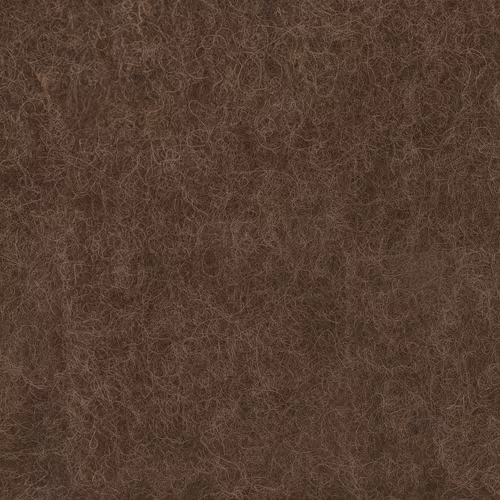
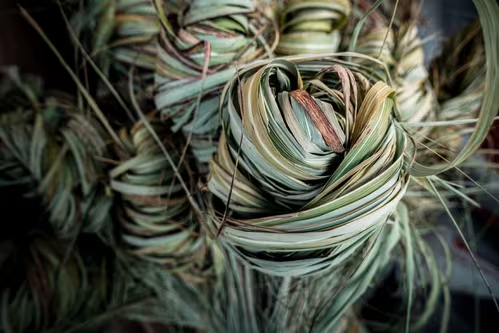
The 40 mm base panel is made exclusively from jute fibers and 100% natural latex. There is no surface added.
• NATURAL JUTE
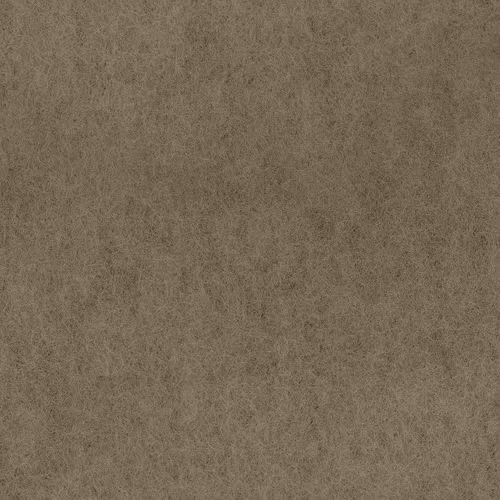
Must of PANEL ZEROS are now stocked and available for immediate delivery in small scale. To place an order, pleaseGet in touch.
In the summer of 2023 Peter Dagø, Philip Kruse, Henrik Pedersen, Niels Peter Andersen and Lars Andersen set out to revolutionize the world of acoustic materials and technologies. Their shared mission was to create a global acoustic brand dedicated to improving conditions for people around the world. Later, Vivek Kollamkulankara Vasudevan and Thomas Snaidero joined the team. Since then, we have been collaborating in our innovation HUBBUB Lab, working alongside our partners in India, Germany, Italy and Austria to explore new materials for acoustic panels and sound technologies.
Our showroom and office is located in the heart of Copenhagen, Denmark. You’re always welcome to visit us – just let us know in advance!